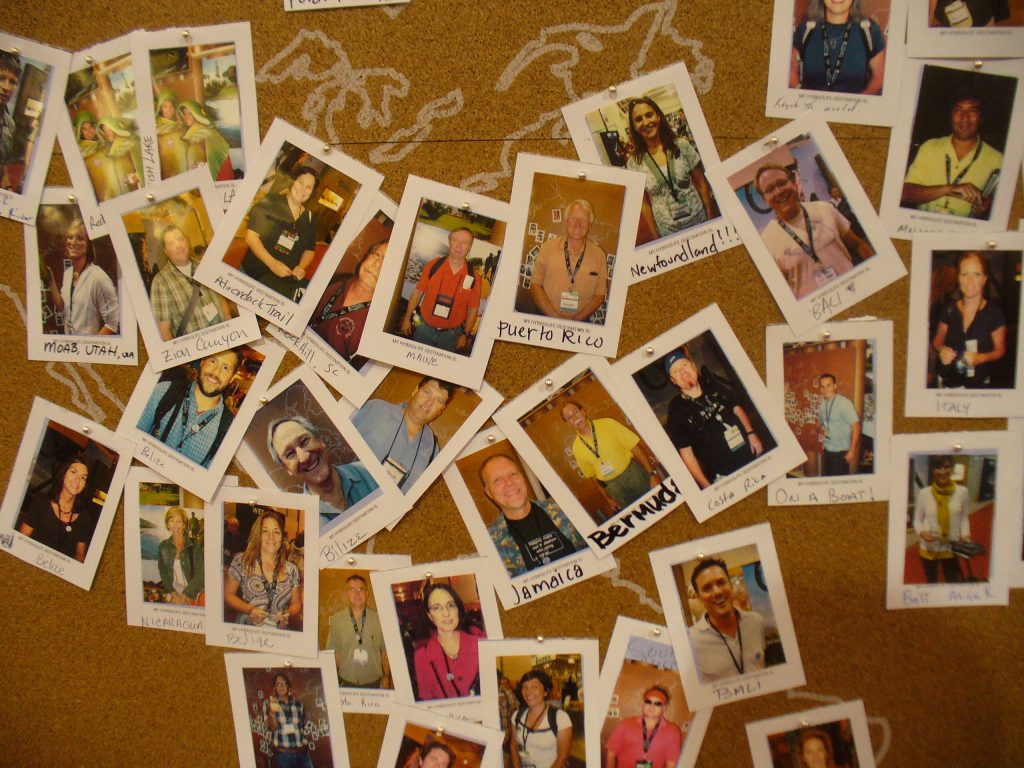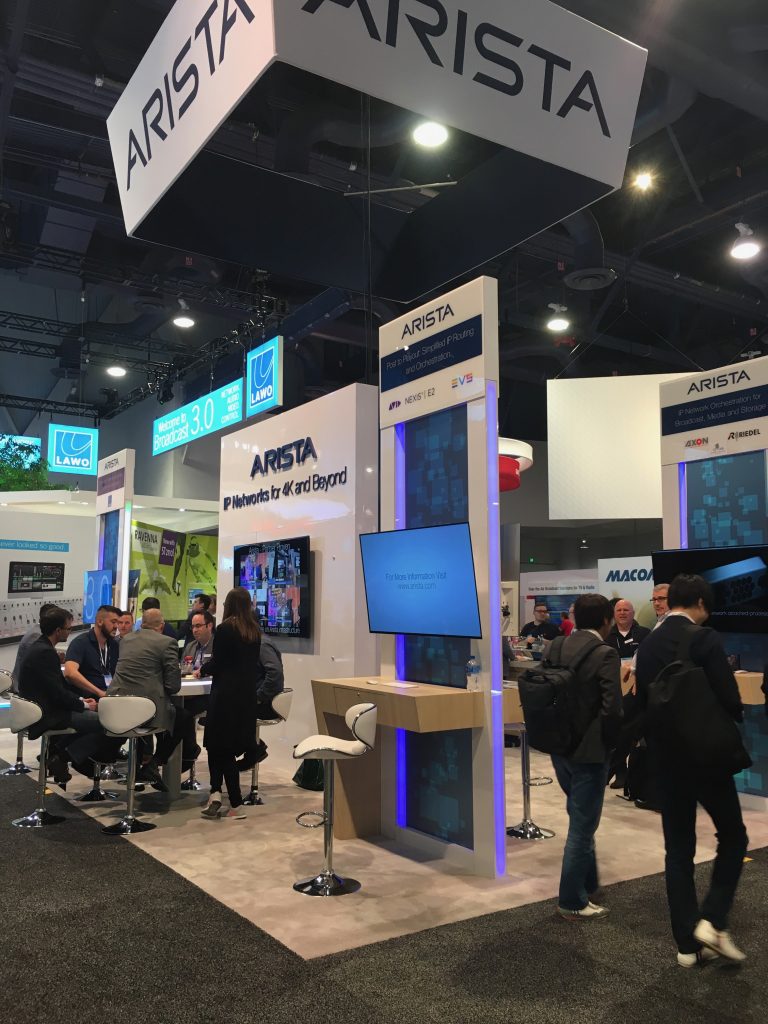10 Ways to Stand Out at a Home Show
Smaller, regional or city home shows are where local residents go to see the latest in roofing, home repair and improvement, HVAC, landscaping, and more. It’s not uncommon for exhibitors at these smaller shows to lack experience in exhibiting that their national show exhibiting brethren might have. If you are going to set something up at a home show, how do you attract the attention of attendees? Let’s look at a few different ways.
First, have an outstanding exhibit. This can be done in many ways. I’ve seen, for example, exhibits that are unique and custom. They were possibly designed and assembled by the company’s work crew using a little creativity and a lot of ability, and they reflect the company’s brand and personality. Sometimes they’re done by an exhibit house, but not necessarily. By presenting yourself with something that’s attractive to look at and delivers a strong message, you’re ahead of the game. Examples: companies that sell leaf gutter blockers who have a small room sample showing their gutter blockers with water running down the roof with leaves caught on top of the leaf guards. Also, a landscaper that decks out their entire space with rock, sod, waterfalls, small creek bridges or whatever. It’s time-consuming, yes, but it catches people’s eyes.

Second: Have a well-prepared booth staff. Make sure they understand the goal: gather more leads, capture their contact info for follow up. They need to know the basics: no talking on their phones in the booth, no eating in the booth, no sitting on a chair. The do’s and don’ts also include offering a smile to visitors, asking pertinent questions (are you looking to improve your landscaping? etc.) and being present with visitors when the ask questions. Tell people thanks for coming by, even if they didn’t show much interest.
Three: have something for visitors to DO. Interactivity keeps visitors in your booth and if it’s really good they’ll stick around long enough for you have a good Q&A. You see a lot of spinning wheels where people can win a prize, and while I’m not a big fan of these because virtually everybody that wants to win something stops, and they’re not all potential customers. But they do get people stop long enough so you can ask them a few questions. Other things you can have them do: find something quirky about your business, or even get a life size cutout of a famous figure like Frank Sinatra or Elvis and put up a backdrop with your company name and the show hashtag and invite people to snap photos and post on social media for a chance to win something. It gets people involved and helps promote your booth number. Another idea: have a really big Jenga set, where each block has a question that relates to your business, and when they pull it out, give them a chance to win by correctly answering the question. Give away LED flasher buttons with your logo and booth number and tell them a secret shopper is wandering the hall and if they spot you with the button you could win something. Another way to promote your booth away from your booth space. One more: custom printed flooring that invites people to take their picture with the floor (another variation of the social media back drop/life size figure).
Four: Make sure that you give your visitors what they want. And what is that? They want to see what’s new. They want to speak to someone who knows their stuff. They want to be treated like a friend and with respect. A warm smile goes a long way. They don’t want their time to be wasted.
Five: Have your booth staffers stand out by wearing unusual or different clothing. Could be that all of your staffers at an HVAC booth don tuxedos. Or everybody wears colorful branded t-shirts. Purple one day, orange the next, red the next, and so on.
Six: Have a magic word of the day (or hour). Put up a sign on the front counter that everyone can see. If someone says the magic word, they win a prize. It’ll intrigue people enough so that they stop and start a conversation. Have a few ready-made hints for what the magic word might be.
Seven: Put on a small white board and invite people to write a short Haiku (a short three-line unrhymed verse of five, seven and five syllables. Have a few examples for starters. Give away prizes.

Eight: Shoot a commercial at the show. Invite visitors that are customers to record a short testimonial. Interview one of the managers and ask her how things work.
Nine: Conduct a survey. Make it very simple, maybe two or three questions. Ask people to fill in the answers. If they want a chance to win, give them a space to put in their name and phone number or email address, but don’t require it for the survey. Find out what people really think about some of the things you do.
Ten: Make sure your graphic messaging is very simple. One of the keys to delivering a good message is to make it easy to understand. On tradeshow back wall, use no more than seven words. Put the more complicated stuff in a handout or a download.
No doubt you can think of more. What comes to mind?






